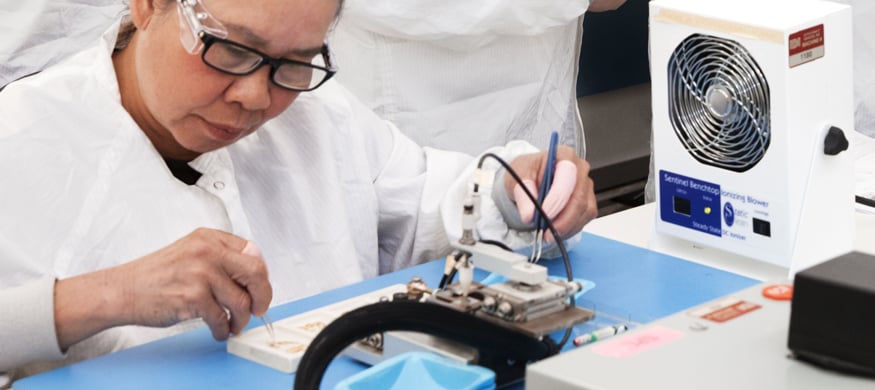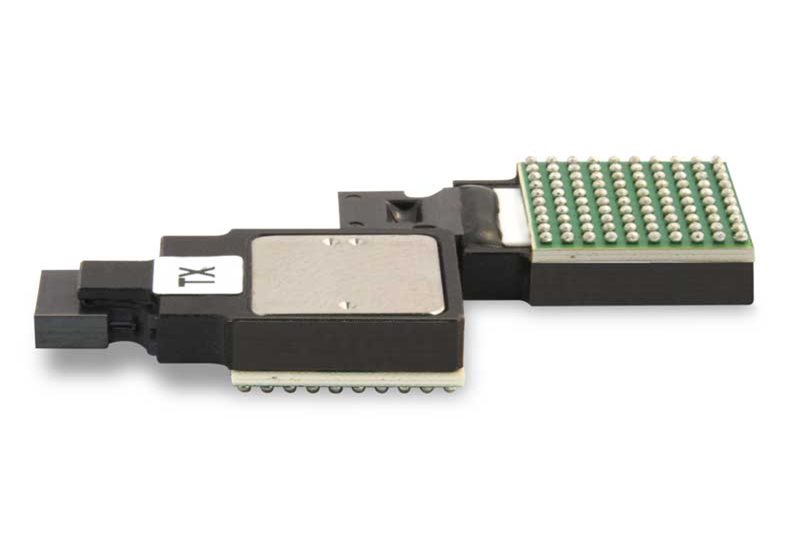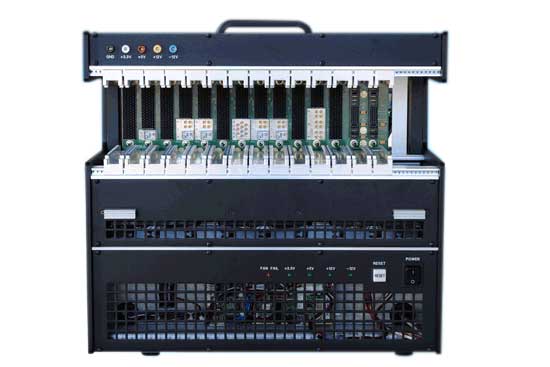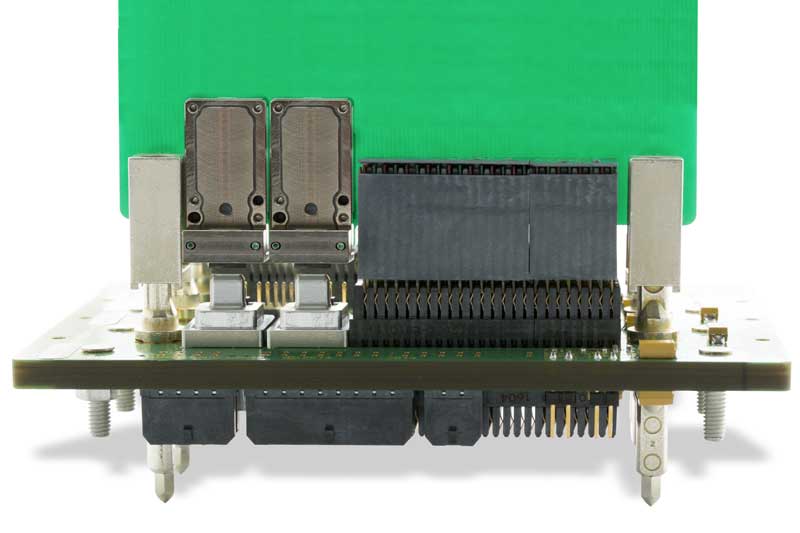Search
Search Results
201 Results

The evolution of rail mobility and where the performance of components is critical.
The request for faster, safer and more comfortable services has grown proportionally in the rail industry over the recent years and the last two decades have seen exponential growth in the use of technology towards the evolution of very sophisticated transport system where the performance of components is more and more critical.

The harsh reality of electrical connectors in the autoclave environment.
Autoclave sterilization introduces high pressure steam into a chamber containing the objects to be sterilized. Therefore, these devices must be able to withstand autoclaving temperatures in the range of 135°C without damage, deformation, or disintegration.

Boosting the bottom line. Choosing the right contact technology for your connectivity.
As more pressure is put on industries to boost the bottom line, management is taking a closer look at all operating costs, including connectivity.

Expanding the Frontier
As Space Missions evolve, so do Smiths Interconnect’s light and compact connectivity solutions.

The increasing threat of Electromagnetic Interference
Understand Electromagnetic Interference (EMI/RFI) filtering, Transient Voltage Suppression, and the basics of signal conditioning:

5 Key Reasons to Choose a Planar Filter Over Conventional Filter Technology in Your Next RF Design
Understanding RF Filter technology to get the most effective solution.

Why Use Temperature Variable Attenuators in Your Next RF and Microwave Circuit Design?
Temperature Variable Attenuators can be used in place of a standard chip attenuator to combine level setting and temperature compensation in a single chip design.

Reliability Testing of COTS Fibre Optic Transceivers for Defense, Avionics, and Space Applications
Optical communication is a proven technology that has been deployed in harsh defense and avionics applications for a large number of years.

Understanding the Test Criteria of Optical Fiber Transceivers Used in Space
In space, high performance components must be able to deliver reliably in the punishing environment. It is optical transceivers that drive transmissions, converting signals to and from a copper-resident format. Fiber optics communications provide high bandwidth and low latency signaling. Signal transmissions through fiber optic cables (FOCs) provide immunity to EM/RFI interference, crosstalk, and voltage level surges. Fiber optics’ accuracy and reliability exceeds traditional cabling. Covering 1,000 feet requires four pounds of FOC versus 39 pounds of copper wiring, and fiber optics also consume less energy than copper. To convert electrical signals from circuitries with copper output to fiber optics, optical fiber transceivers are usually required.

Taking the Fast Bridge between Neural Networks
Neural networks have been around since the 1950s. The advent of fast, massively parallel processors like the Graphics Processing Unit (GPU) have made neural network applications like object recognition feasible. Neural networks are one means used to create Artificial Intelligence (AI). The latest iPhones now have an AI chip, primarily to offload face recognition tasks.1 Voice translation tasks would also benefit from an AI chip. Google provides voice translation as long as there is access to a cloud. The ability to translate directly from a phone without requiring Internet access to Google engines would be advantageous, and it’s possible that the iPhone is headed in that direction.

VPX Technology Development Trends
Security is a critical challenge for a wide range of embedded systems applications. System integrators must optimize operational capability, maximize competition for systems development, ensure interoperability, and maintain commonality to reduce life-cycle cost.

Overcome Challenges in Embedded Optical Interconnects Design
The above article has outlined the advantages and challenges of using fiber optical interconnects. To use fiber optic cables, the electrical signals need to be converted to light signals using fiber optic transceivers. While there are many challenges to embedded fiber optics design, the benefits are substantial. The guidelines and design check list provided will help developers select the best solutions for their needs.

